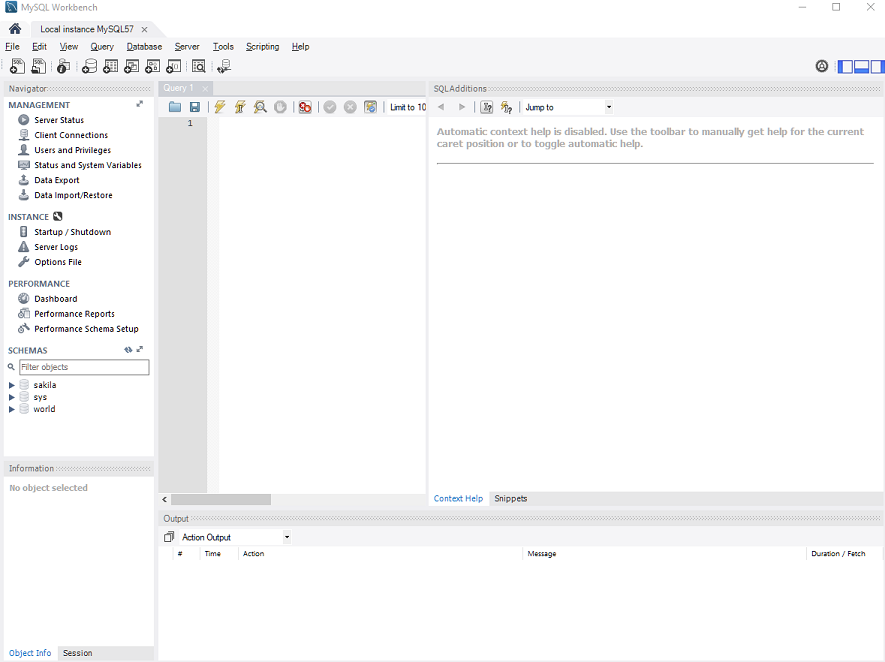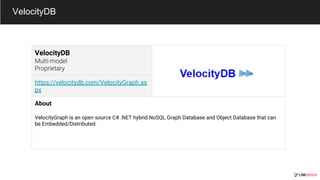

Alongside graph databases, lots of other models, such as key-value databases, column-oriented databases and document-oriented databases also belong to this family. Then, if you read Sumit Sethias answer above, you will have the right answer in terms of the relationship between the Network Model and the Graph DB (which, by deafult should be understood as. Neo4J is a Property Database, not a 'standard' RDF Graph. While table-based databases exclusively use the query language SQL (“structured query language”), the more modern NoSQL databases are increasingly moving away from this query language and the relational concept it is affiliated with – an approach that graph databases, as a member of the NoSQL family, also follow. There are TWO types of graph databases: RD Graph (standard) and Property Graph (non-standard). With large quantities of data, this can often prove time-consuming and expensive. In order to be able to represent and store relationships with highly interconnected information, several tables must be laboriously linked and offset with one another. Except with regard to structure and the composition, their functioning is also fundamentally different from representation by graph. In the columns, meanwhile, characteristics with varying attribute values can be illustrated. Unlike graph databases, they work based on tables that organize the relations of data sets, called tuples, into individual rows. Relational databases have become established as the standard in databases since they first appeared in 1970. This results in a high performance speed, even for complicated queries. One of the strengths of the graph database is that relationships are stored in the database itself, so they don’t need to be calculated in the query. Other algorithms make it possible to calculate the shortest path between two nodes, and to identify cliques (subsets of nodes) and hotspots (information that is particularly highly interconnected). The algorithms make it possible to find graph patterns as well as direct and indirect adjacent nodes.

Two of the most important algorithms are the depth-first search and the breadth-first search: The depth-first searches for the next node below in each case, while the breadth-first search moves from layer to layer. Unlike traditional models, graph databases count on special algorithms to fulfill their essential function: simplifying and speeding up complicated data queries.

The main reason for this is that there is no uniform query language. There is a wide range of query possibilities that can be exploited when using a graph database.


 0 kommentar(er)
0 kommentar(er)
